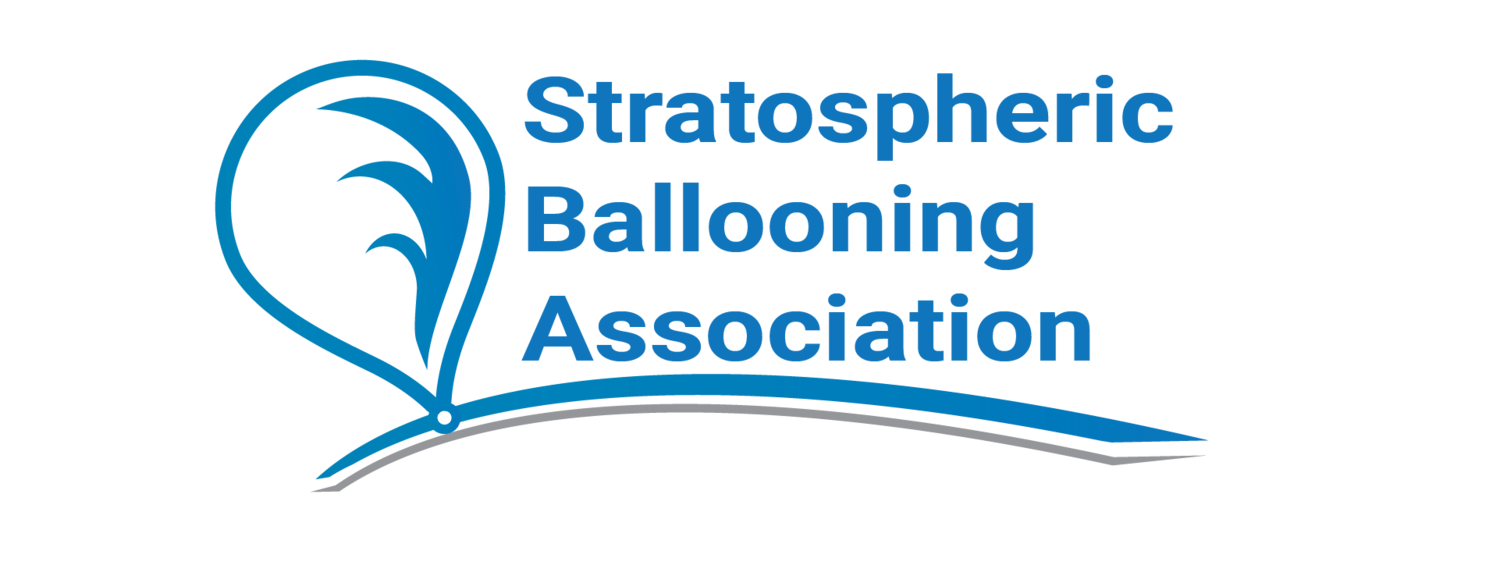
AHAC 2011 Papers
A Small Geiger Counter Array
Authors: Andres Adams (DePauw University) , Ethan Brauer (DePaul University) , Jon Stroman (DePauw University)
The Balloon Assisted Stratospheric Experiments (BASE) program at DePauw University has flown Geiger counters on more than forty flights since November 2006. Currently, three RM-60 Geiger counters from Aware Electronics are used in the array. The signal from each counter is fed to a 555 based one-shot circuit to produce a clean pulse. The pulse outputs are processed by an array of Basic STAMP microprocessors from Parallax Corporation. Data is stored in the non-volatile memory of each STAMP microprocessor.
Pre-Burst Chaos
Author: Howard L. Brooks (DePauw University)
It is generally assumed that the ascent of a hydrogen/helium filled weather balloon carrying a string of experimental payloads into the atmosphere is relatively uniform. The net force acting on the balloon is very small and the ascent rate is fairly constant. However, evidence has been obtained from some flights of some very turbulent behavior. In a few cases, the flight string and the balloon become inverted and the flight string has fallen through the balloon resulting in an early end to the flight. I will discuss some of these events and offer a simple explanation of a possible cause. I will encourage all experimenters to carry accelerometers on their flights to provide evidence of these events.
Multi-Mode Transmitter for High-Altitude Balloon Telemetry
Author: Bill Brown (WB8ELK)
Long duration high altitude balloon missions will often travel beyond the range of a ground station's line-of-sight VHF/UHF communications range. This is particularly problematic when flying in remote areas or over the ocean. One solution is to fly a satellite modem but these can be quite costly particularly for missions that may have no chance of recovery. Described in this paper is a low-cost low-power HF telemetry transmitter that can relay a balloon's position along with system telemetry over thousands of miles. A modified open-source decoding program is used to decode the data, check for error-free reception and then post the report directly to a server. Each valid report is automatically displayed on a Google Map-enabled website with features dedicated to high altitude ballooning. Anyone with an HF radio and computer connected to the Internet can then act as a remote reception site to enable a large world-wide distributed network of ground stations.
Extended Flight Time of Latex Balloons Through the Use of a Buoyancy Control System
Author: Jeffrey F. Dailey (Taylor University)
For over ten years Taylor University has operated a High Altitude Research Platform (HARP). This program includes building instruments and control systems to be flown in the near-space environment. We have designed and built an efficient, and durable buoyancy control system that increases the functionality of high altitude balloons giving us the capability of controlling the ascend, descend, hold altitude as well as avoiding the post-burst chaos and extending the flight time of latex balloons.
Augmenting a space mission design course with high-altitude balloon projects
Authors: Ronald Adrey Fevig (University of North Dakota) , John Nordlie (University of North Dakota)
Experiential learning is a vital component of the space mission design course offered through the Department of Space Studies at the University of North Dakota. This course incorporates project-based learning through high-altitude balloon, satellite ground station, and small satellite team projects. In this educational setting, students gain hands-on experience with spacecraft engineering and operations principles. Four high-altitude balloon projects were utilized during the Spring 2011 Semester of this course. These team projects included one which focused on a superpressure balloon mission concept, a second which involved a biological payload, a third that involved an imaging payload, and a fourth that focused on launch and recovery operations. These four team projects, along with other team projects, spanned the range of systems engineering design steps leading up to the launch of a typical space mission. Each team project culminated in a mission concept review, preliminary design review, critical design review, flight readiness review, or an operational readiness review. As a result, students received practical exposure to the major phases of space mission design through project-based learning experiences.
Broadening Implementation of High Altitude Ballooning in Undergraduate Classes
Authors: Susan D. Gavin (Taylor University) , Michael J. Bates (Taylor University) , Kirstin Cornfield (Taylor University) , Charlotte Nheta (Taylor University) , Jason Krueger (StratoStar LLC)
During the fall of 2010 a marketing survey was conducted by Taylor University as part of the NSF CCLI award #1047557. The High Altitude Balloon Research Survey and Report were designed to accelerate learning concerning High Altitude Ballooning at educational institutions. The survey was sent to two and four year colleges in the United States and its territories and analysis was done at Taylor University in January 2011. The undergraduate institutions indicated that hands-on activities are a valued asset to any learning experience. Survey findings however, pointed to the lack of knowledge regarding near space opportunities and the role high altitude ballooning can have as a hands-on learning tool. Next steps to improving the level of knowledge and expanding the use of high altitude ballooning in undergraduate curriculums include broader dissemination of knowledge beyond the discipline specific journals and traditional fields of study.
